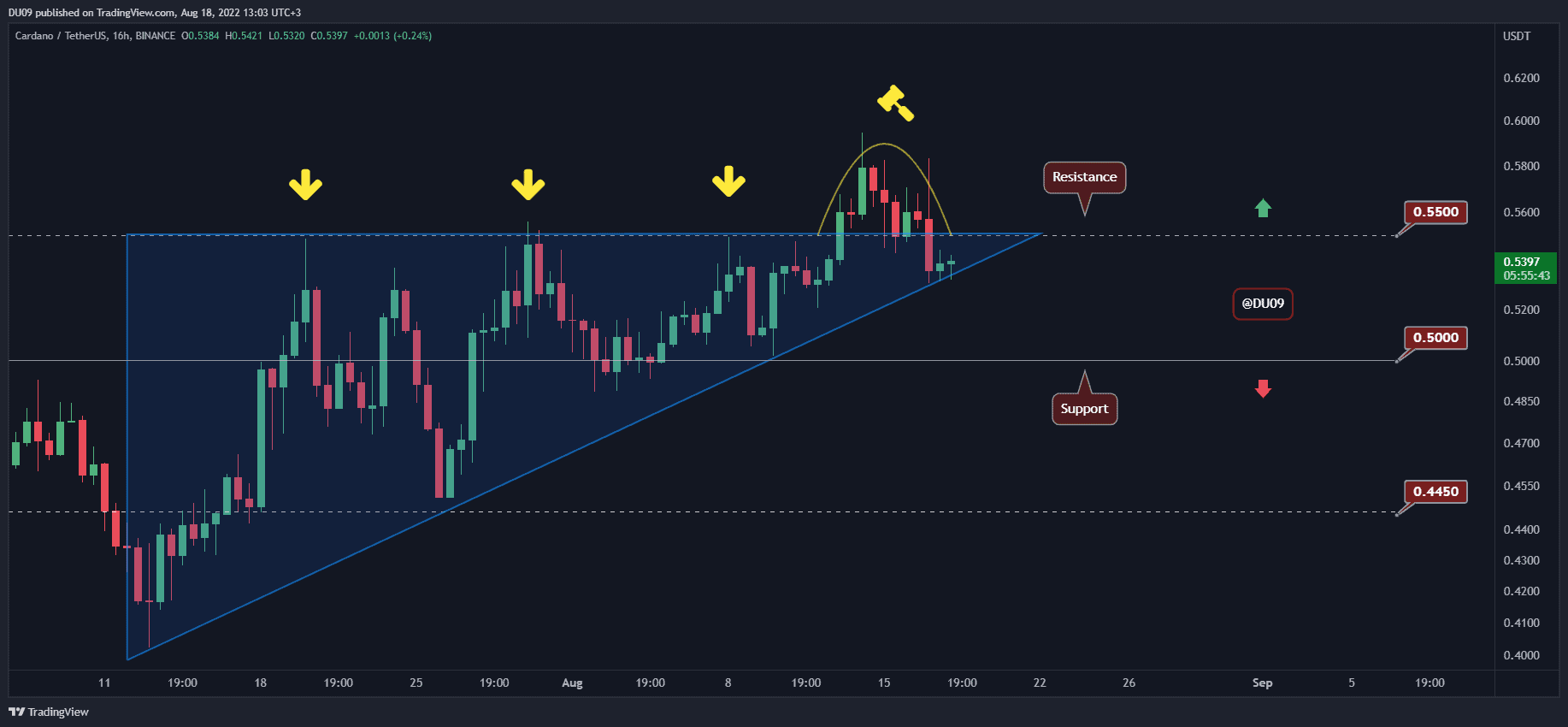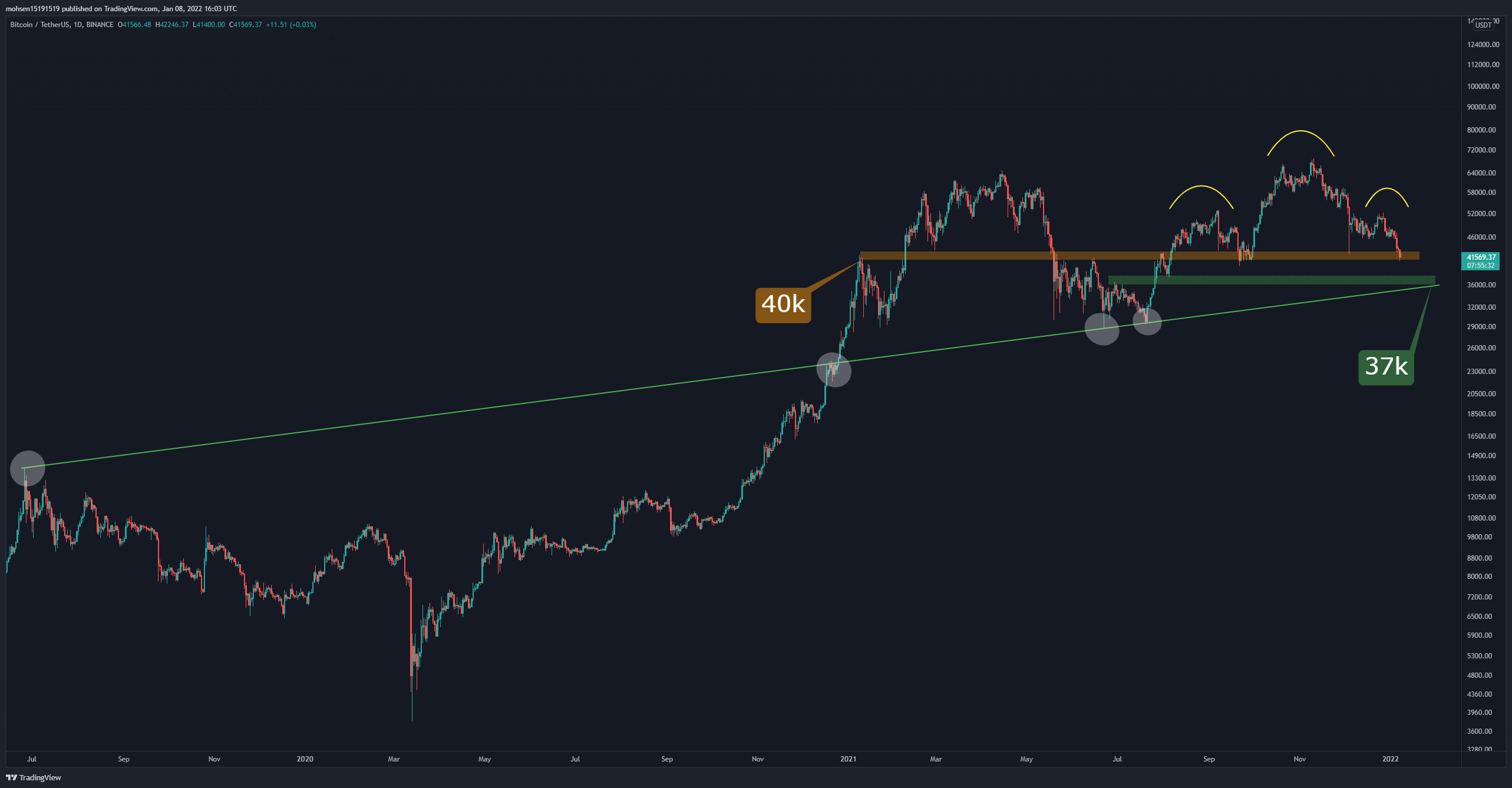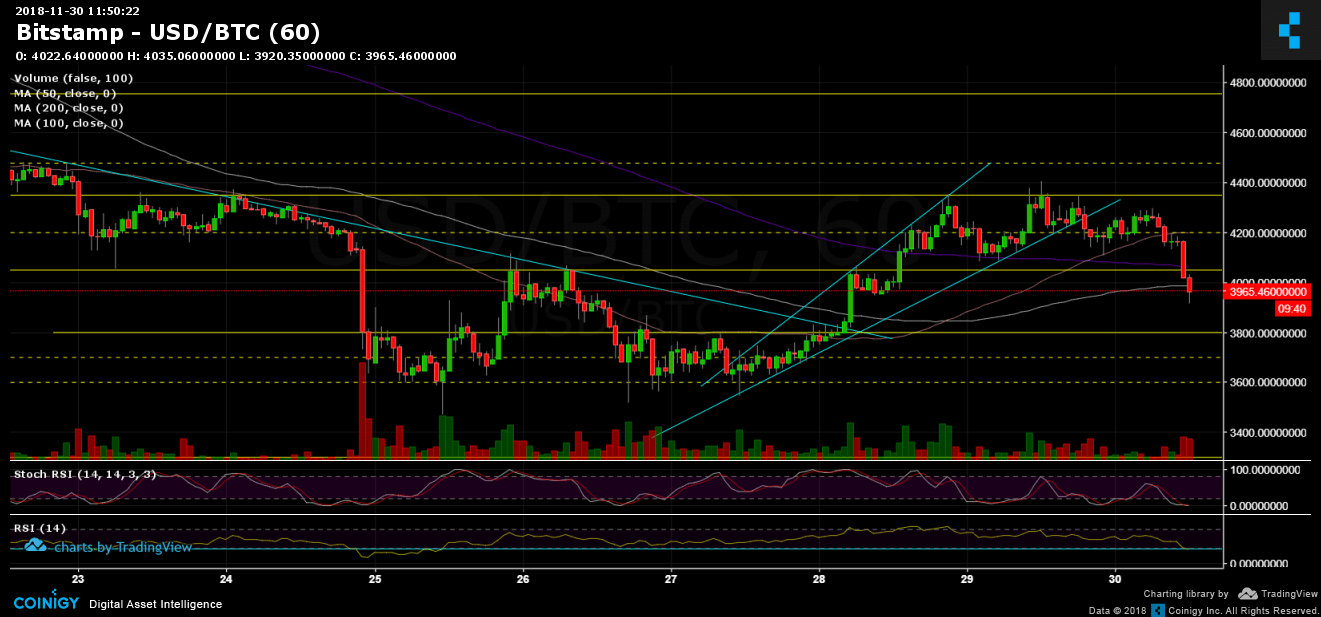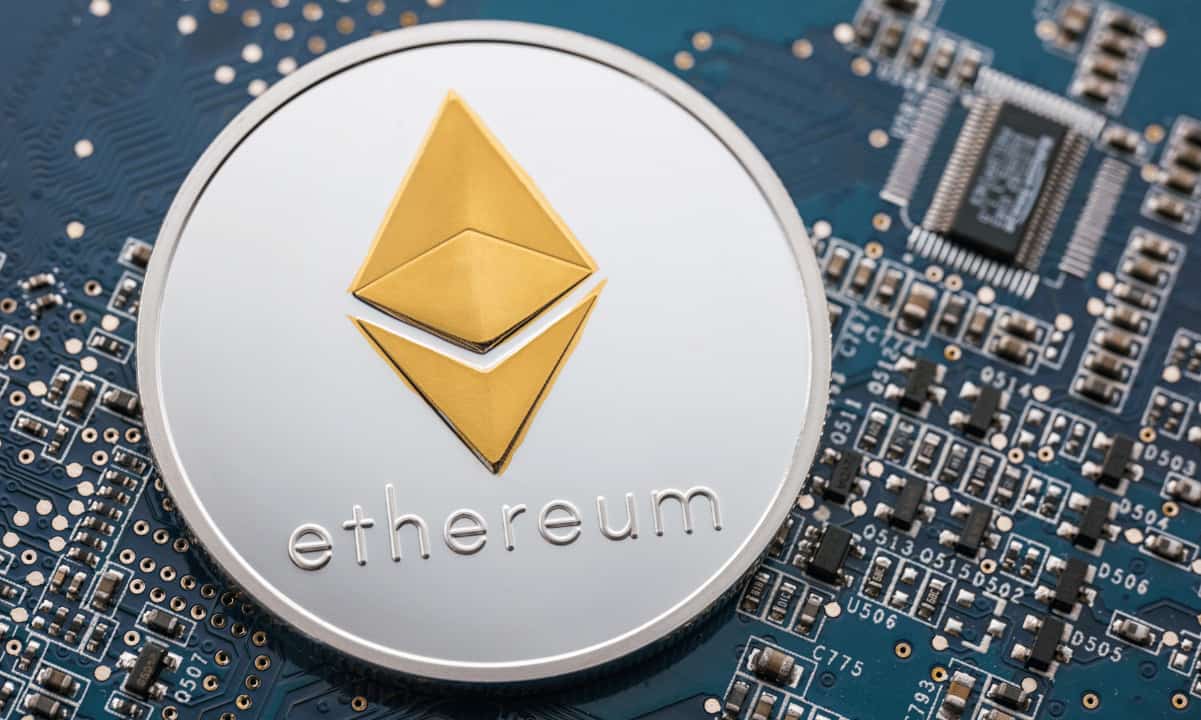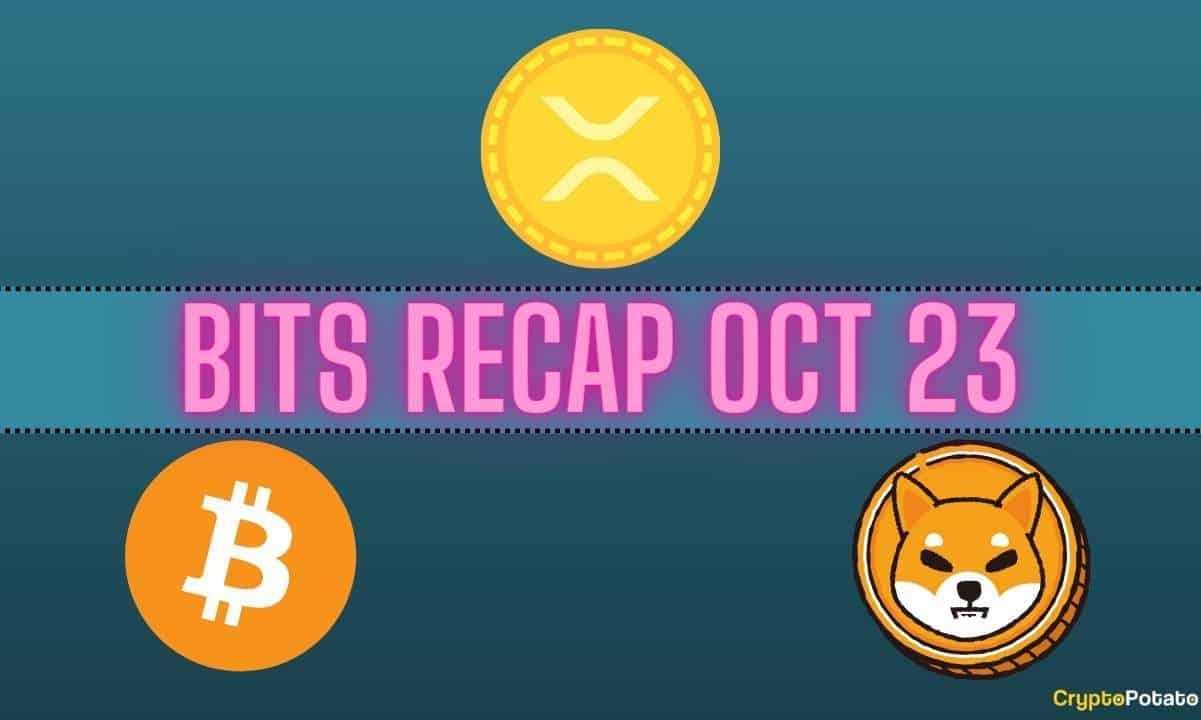Four Bullish and Two Bearish Considerations for the Bitcoin Price in Q4: Will BTC Finish 2023 Strong? (Op-Ed)
On a more long-range timescale, BTC is down 11% over the 6-month window.
While it is trading up 60% YTD, Bitcoin is still down 60% from its ATH. The king crypto’s all-time high price briefly reached $68.5K back in Nov 2021.
Will Bitcoin continue to tumble through the end of the year? Or will an October surprise or holiday season rally bring the spot price back in line with the first half of 2023?
Here are six key considerations. Four are bullish factors in the Bitcoin price, while two are bearish. So overall, the outlook for Bitcoin price is mixed but leaning toward bullish.
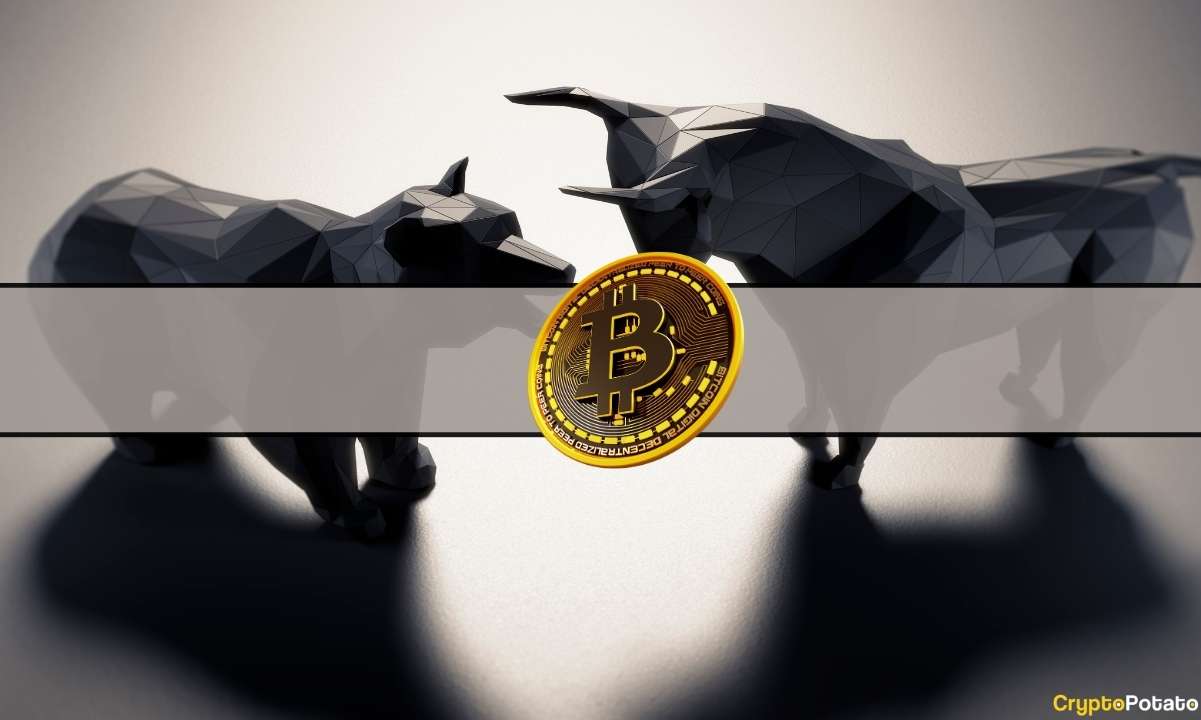
1. Fiat Inflation Won’t Go Away (Bullish)
Persistent inflation despite G7 central bank tightening is bullish for Bitcoin. Fiat inflation is Bitcoin’s bread and butter. In fact, Bitcoin price bears a strong correlation to US dollar inflation.
Early cryptocurrency enthusiasts, and later more mainstream investors, have found BTC attractive as an inflation hedge.
That’s because, unlike the functionally limitless supply of central bank currencies, Bitcoin is designed to be a disinflationary currency.
Only 21 million BTC will ever be minted, and they are issued on a schedule with regular cuts in new supply every four years. As a result, fiat inflation tends to drive up Bitcoin’s price because of its supply and demand economics.
US dollar inflation rose higher than expected in September. Consumer prices for the trailing 12-month period were up by 3.7%.
Economists expected 3.6% inflation. Rising prices are sticking despite a historic spate of Fed rate hikes. The Federal Reserve targets an annual dollar inflation rate of 2%.
Christopher Wood, head of global equity strategy at Jefferies, recently posited:
“G7 central banks, including most importantly the Federal Reserve, will not be able to exit from unconventional monetary policy in a benign manner and will ultimately remain committed to ongoing central bank balance-sheet expansion in one form or another.”
If true, this will most likely be a long-term bull factor in Bitcoin’s price. A Forbes Digital Assets column speculated, furthermore, that US monetary policy could push Bitcoin’s market cap up to levels on par with gold.
2. Bitcoin Halving in April 2024 (Bullish)
The next Bitcoin halving in April 2024 is bullish for BTC’s price over the next year. It may even give the Bitcoin price a jolt sometime soon.
This phenomenon has drawn many investors to BTC because of its consistency over four previous Bitcoin cycles. With Bitcoin’s price down over the previous 6-month period, October may be the month investors buy into this trend at value.
The coin’s spot price typically rises in the months leading up to and following each Bitcoin halving event. Bitcoin price usually rallies for about a year after each halving to new record high levels.
If the trend holds for this BTC supply cycle, the cryptocurrency could start heating up soon. Pantera Capital projects a $36K BTC spot price by the halving.
What’s more, the US crypto hedge fund with $4.2 billion in assets under management projects a Bitcoin surge to $149,000 sometime after the next halving in April 2024.
Of course, this is only one hedge fund’s projection, and past performance is no guarantee of future results for any investment.
3. Bitcoin RSI Chart Technical Indicators (Bullish)
Technical indicators for Bitcoin are bullish for a local bottom and parabolic run-up to higher price levels ahead. Technical analysis observes the commonalities of all liquid markets for securities on the price chart and makes projections accordingly.
Here’s a reason to be bullish for the Bitcoin price: Even the investing news site founded by Jim Cramer says the Relative Strength Index for BTC price is bullish in the medium to long-term cycle.
Of course, Cramer himself is a Bitcoin perma-bear, so his news site’s acknowledgment of strong technicals on the BTC price chart is good evidence of market tailwinds for the cryptocurrency:
TheStreet reports that key leading indicators pinpoint a historic price bottom for the original cryptocurrency:
“The RSI signals it is time to buy bitcoin now. RSI measures whether or not bitcoin is oversold or overbought. Right now, you can see, (it’s at the) same point as the previous times when bitcoin started heading upwards. We are in ‘oversold.”
The report also noted a seasonal trend in which November and December tend to be the most bullish months for cryptocurrency prices in most years.

4. Bitcoin Market Share Sits at 50% (Bullish)
CoinGecko figures showing Bitcoin market dominance at nearly 50% are a bullish portent for the Nakamoto blockchain.
According to an Oct 10 report in Fortune Crypto, the uncertain macro and crypto industry environments are behind this flight to safety:
“In January, Bitcoin’s market share stood at about 38%, according to Bloomberg, but it has since jumped to 48.5% as investors have fled some alternative coins in favor of the perceived safety of the original cryptocurrency.”
The Fortune report avers that there is still strong investor demand for digital assets but that the high-profile FTX trial has scared them off most altcoins for now.
Overall, BTC is less risky than altcoins because it is more established and has the most hash power and users. The network effects and well-regarded incumbency of the Bitcoin blockchain and its miner network are ongoing tailwinds in BTC’s favor.
5. Bitcoin Price Capitulation to Geopolitical Risk (Bearish)
Geopolitical risks in the Middle East are bearish for Bitcoin, especially because of how markets reacted in the wake of a new violent conflict in Israel in Gaza City.
While one cryptocurrency thesis holds Bitcoin as a safe haven for geopolitical uncertainty and instabilities related to government policies, crypto markets suffered after conflict broke out in the Middle East a week ago.
Barron’s reports:
“Bitcoin and other cryptocurrencies fell back Thursday, extending declines for a sixth day despite widespread advances seen in other risk-sensitive assets, with gains from a recent bullish trend fizzling out as cryptos returned to familiar trading ranges.”
Investors went risk-off on Bitcoin in response to the war. While the last week saw the BTC price drop since the conflict started, the DOW and S&P 500 rallied.
6. FTX Trial / Crypto Regulatory Ambiguity (Bearish)
Regulatory ambiguity is bearish for Bitcoin and the entire cryptocurrency industry.
Meanwhile, the ghastly discoveries revealed in the FTX-Alameda trial this month may be a mixed bag with headwinds for Bitcoin. Quoth a recent report in Yahoo Finance:
“Caroline Ellison, the former chief executive officer of FTX’s sister trading firm Alameda Research, testified in court this week and stated that Alameda took around US$14 billion from FTX customer funds to repay lenders before the exchange’s collapse.”
A lack of regulatory clarity drags down crypto prices. That is evident enough in the marked reactions of Ripple (XRP) investors in response to SEC actions over the past nearly two-and-a-half years.
An extended lag on ETF approvals, ongoing battles in US courts over numerous SEC lawsuits, and the cringe-worthy headlines from the FTX trial are all headwinds for the Bitcoin price in October.
The post Four Bullish and Two Bearish Considerations for the Bitcoin Price in Q4: Will BTC Finish 2023 Strong? (Op-Ed) appeared first on CryptoPotato.


